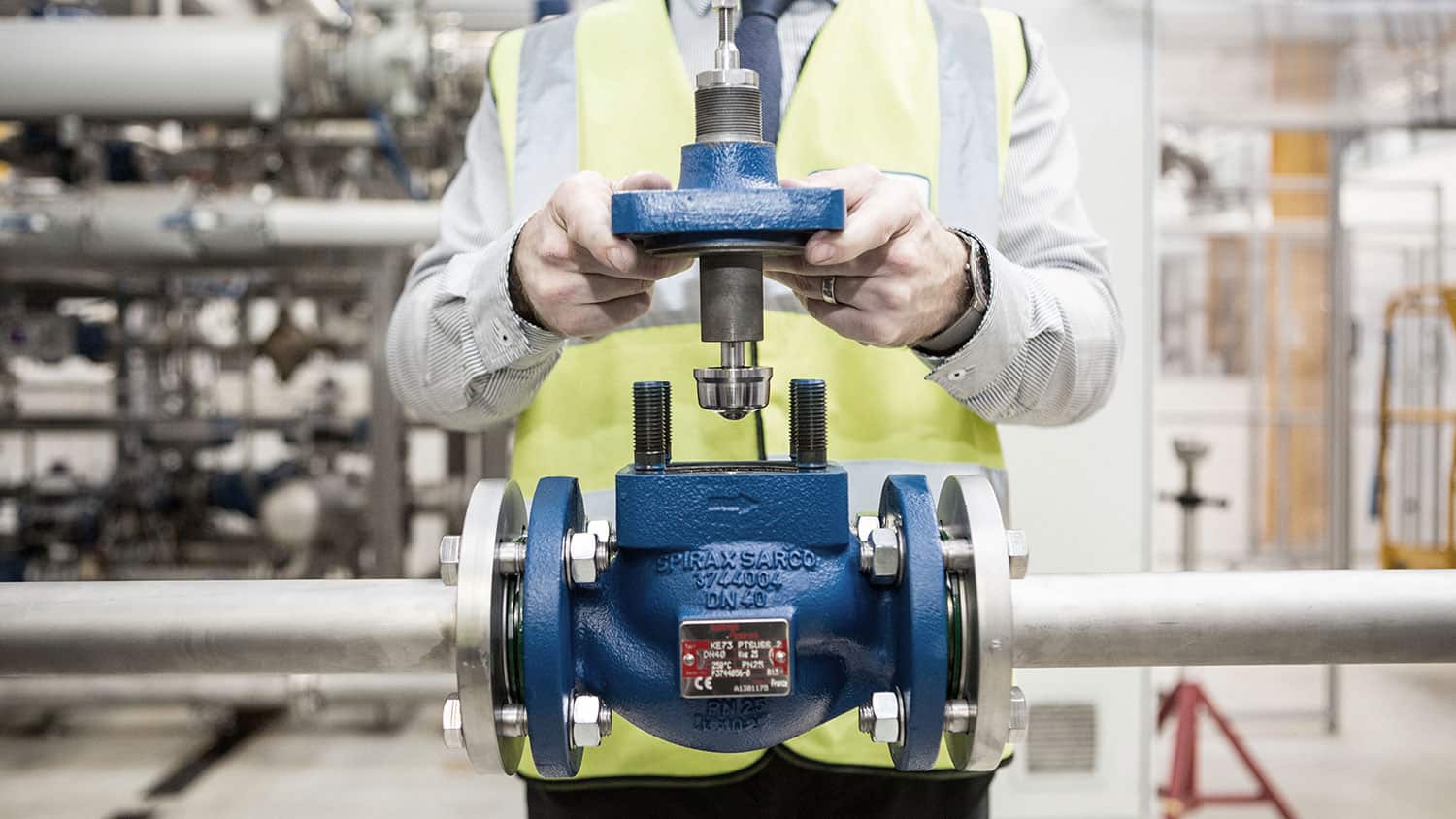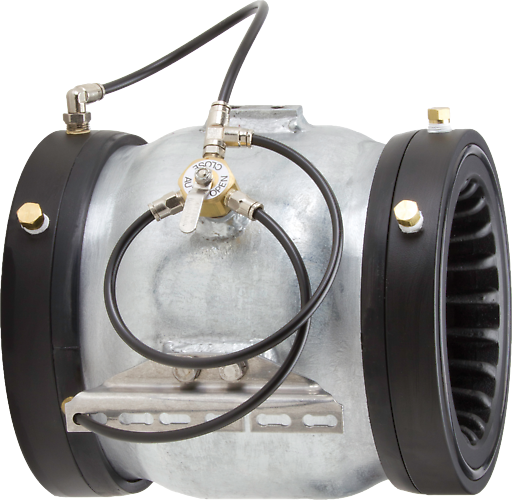Maximize Building Workflow With Costs Automation Controls for Controllers
In the realm of modern building operations, the combination of costs automation controls for controllers has ended up being an essential element in making sure optimal efficiency and performance. By using the power of costs automation controls, structures can accomplish unrivaled levels of energy efficiency, system integrity, and cost-effectiveness.
Enhancing Structure Effectiveness With Automation Controls
Improving structure effectiveness is paramount in today's style and style market, with automation controls playing a pivotal duty in achieving optimal efficiency. By integrating advanced automation regulates into building designers, developers and systems can produce smart, energy-efficient frameworks that react dynamically to altering environmental problems. These controls enable the seamless surveillance and administration of various building features, such as lighting, cooling and heating systems, and protection procedures, causing boosted operational efficiency and cost savings.
Automation controls enable real-time information evaluation and modifications, making certain that structures operate at peak effectiveness degrees while lessening energy waste. Through the usage of sensors, actuators, and systematized control systems, buildings can adjust their settings based on occupancy patterns, outside climate conditions, and time of day. This level of automation not just enhances the convenience and efficiency of building owners yet also adds to sustainability initiatives by decreasing overall energy consumption and carbon emissions.
Maximizing Energy Savings With Costs Controls
With the assimilation of costs automation manages into building systems, designers and engineers can further optimize energy efficiency, improving the general functional performance of frameworks. Costs manages offer sophisticated features such as tenancy sensing units, organizing capabilities, and flexible algorithms that enable specific surveillance and adjustment of energy use. By leveraging these capacities, buildings can dynamically react to changing occupancy patterns and ecological problems, ensuring that power is just taken in when required. Additionally, premium controls promote the control of various structure systems, such as Lighting, cooling and heating, and shading, to operate in consistency in the direction of minimizing energy wastage. Through real-time information analytics and anticipating modeling, these controls can identify inefficiencies and opportunities for enhancement, enabling for continual improvement of energy-saving techniques. Overall, the execution of costs automation regulates not only reduces energy expenses yet additionally adds to a more environmentally friendly and sustainable developed environment.

Improving System Performance and Dependability
The assimilation of premium automation manages into constructing systems enhances operational performance, ensuring optimum efficiency and dependability. By using innovative controls, developing drivers can keep track of and readjust different systems in real-time, causing boosted efficiency across HVAC, lights, security, and other critical building useful reference functions. These controls provide predictive maintenance abilities, enabling positive recognition of potential concerns before they rise right into expensive issues. Furthermore, costs automation controls offer information analytics that use insights right into system efficiency patterns, allowing for continual optimization and fine-tuning of operations. Using top notch controls additionally boosts system dependability by lowering the threat of tools failings and downtime. With functions like remote surveillance and diagnostics, constructing managers can deal with problems quickly, lessening disturbances to developing operations. Generally, the incorporation of costs automation controls raises system performance and dependability, ultimately adding to a more effective and sustainable structure setting.
Reducing Functional Prices With Automation Innovation
The execution of automation technology in building systems not just improves performance and reliability yet likewise plays a vital function in driving down operational costs. control valves. By leveraging sophisticated automation controls, building drivers can maximize energy usage, decrease waste, and simplify maintenance processes. Automation technology makes it possible for specific monitoring and control of various structure systems such as Safety and security, a/c, and lighting, causing more reliable procedures. With the combination of sensors and data analytics, automation systems can recognize inadequacies and immediately readjust settings to guarantee ideal performance while decreasing power use. Furthermore, automation innovation assists in anticipating maintenance by finding possible concerns early, preventing expensive repair services and downtime. By systematizing control and automating regular tasks, operational costs can be significantly minimized, freeing up sources for other important structure upgrades or investments. In general, the critical application of automation modern technology not just enhances functional performance but additionally adds to long-term expense savings for building owners and supervisors.
Enhancing Control and Flexibility for Procedures

Additionally, these systems enable smooth combination with various other building administration innovations, such as energy tracking systems and security protocols, producing a detailed ecosystem that improves procedures and enhances overall effectiveness (control valves). The capacity to remotely accessibility and adjust setups more improves control and adaptability, permitting for speedy feedbacks to transforming operational needs. Eventually, purchasing costs automation regulates not just boosts the day-to-day procedures of a structure yet additionally leads to long-term expense savings and sustainability advantages
Conclusion
In verdict, costs automation controls for controllers play a crucial role in enhancing structure operations. These controls boost performance, optimize power cost savings, boost system performance and dependability, minimize operational expenses, and improve control and versatility for procedures. Executing automation innovation in structures can cause considerable enhancements in general operational effectiveness and sustainability. It is vital for companies to purchase premium automation manages to attain much better structure performance and operational results.
By using the power of costs automation controls, structures can accomplish unrivaled levels of power performance, system integrity, and cost-effectiveness. Overall, the unification of premium automation controls boosts system performance and integrity, inevitably adding to an extra lasting and efficient building environment.
Automation technology enables specific surveillance and control of numerous structure systems such as Safety, heating and cooling, and lighting, leading to more reliable procedures. These controls enhance efficiency, make the most of energy financial savings, enhance system performance and integrity, minimize operational prices, and boost control and adaptability for operations. It is important for companies to spend in premium automation regulates to accomplish far better see this structure performance and functional results.